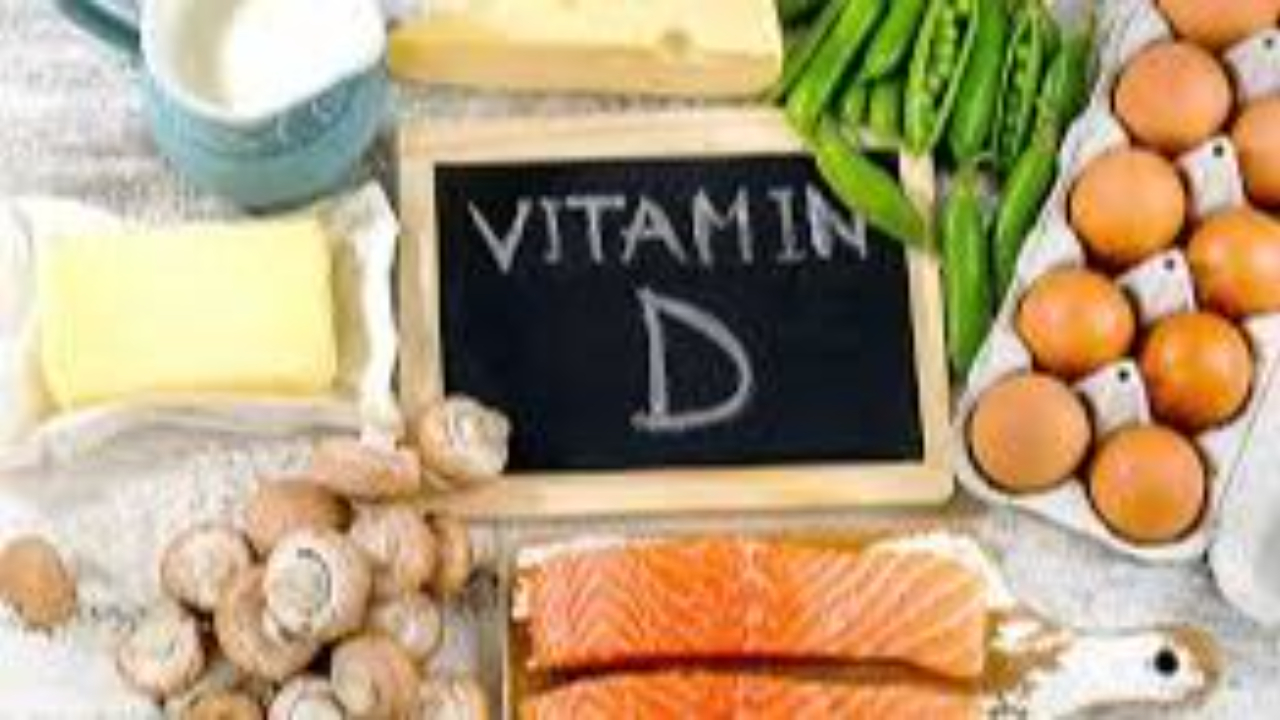
How Can Exercise Prevent and Manage Cancer-related Lymphedema?
cdt cly complete decongestive therapy compression compression bandaging dpt lympedema management lymph drainage lymphatic massage lymphedema lymphedema prevention skin care Mar 21, 2025Exercise can play a significant role in preventing and managing cancer-related lymphedema, a condition that can occur as a side effect of cancer treatment.
Lymphedema is the swelling of a limb or body part due to the accumulation of lymphatic fluid. It commonly occurs after the removal of lymph nodes during cancer surgery or radiation therapy. Here’s how exercise can help in preventing and managing cancer-related lymphedema:
Preventing Cancer-Related Lymphedema:
Education and Awareness: Before starting any exercise program, individuals at risk for lymphedema or those who have already experienced mild lymphedema should be educated about the condition. They need to understand the risk factors and signs and symptoms of lymphedema to recognize it early.
Gradual Progression: If you’re at risk for lymphedema, consult with a lymphedema specialist or CETI Cancer Exercise Specialist to create an individualized exercise plan. Gradual progression in intensity and duration is essential to minimize the risk of overexertion and potential damage to the lymphatic system.
Safe Movements: Focus on safe and low-impact exercises that avoid overstraining the affected limb. Exercises like walking, swimming, and stationary cycling are typically recommended, as they are gentle on the body and promote lymphatic flow.
Managing Cancer-Related Lymphedema:

Complete Decongestive Therapy (CDT): CDT is a standard treatment for lymphedema. It involves manual lymphatic drainage (a specialized massage technique), compression bandaging, skin-care, and exercise. The exercise component, along with the other aspects of CDT, helps to reduce swelling and maintain lymphatic function.
Gradual Progression: Just as in prevention, exercise for managing lymphedema should start slowly and progressively. Focus on a routine that incorporates both aerobic exercise and strength training. Your physical therapist or lymphedema specialist will tailor exercises to your specific needs and stage of lymphedema.
 Compression Garments: Continue to use compression garments as recommended by your healthcare provider during and after exercise. These garments help maintain the reduction of swelling achieved through therapy and exercise.
Compression Garments: Continue to use compression garments as recommended by your healthcare provider during and after exercise. These garments help maintain the reduction of swelling achieved through therapy and exercise.

Breathing and Relaxation Techniques: Deep breathing and relaxation exercises can help manage stress, which can exacerbate lymphedema. These techniques also encourage the flow of lymphatic fluid.
Stay Hydrated: Proper hydration is essential to support the lymphatic system’s function. Dehydration can make lymphedema symptoms worse.
Skin Care: Good skin care is crucial to prevent infections in the affected limb. Keep the skin clean, moisturized, and protect it from cuts and abrasions.
It’s important to remember that the management of lymphedema should always be supervised by a healthcare professional, such as a physical therapist or a certified lymphedema therapist. They can provide you with specific guidance based on your condition and needs, ensuring that exercise is done safely and effectively. Upon completion of CLT or PT, you should consult with a CETI OncoVie™ Exercise Specialist to ensure the safety and efficacy of your exercise program moving forward.
Start your journey to becoming an OncoVie™ Cancer Exercise Specialist with our world-leading courses in oncology exercise.
Recent Posts
Categories
All Categories ace certified ace personal trainer active treatment afaa certified age's ai ai assistance alpelisib ashkenazi jew autoimmune conditions biomarkers bladder cancer survivor bladder control blader cancer bone density brain fog brca brca positive brca1 brca2 breast cancer breast cancer patient breast cancer recovery breast cancer recurrence breast cancer surgeries breast cancer thriver breast cancer treatments breast cancer warrior breast cnacer survivor cambria-1 cambria-2 camizestrant cancer cancer causing cancer comorbidities cancer diagnosis cancer exercise cancer exercise guidelines cancer exercise specialist cancer exercise trainer cancer exercise training institute cancer nutrition cancer patient cancer prevention cancer recovery cancer recurrence cancer rehabilitation cancer risk cancer survivor cancer survivors cancer survivorship cancer thriver cancer treatment cancer treatments with exercise cancer-fighting foods canfipro canfitpro certified casein cdki cdt celiac celiac disease ceti chatgpt chemo-induced neuropathy chemotherapy chrohn's disease cimspa clt cly cognitive function colon cancer colon cancer patient colon cancer prevention colon cancer survivor colorectal cancer colorectal cancer awareness colorectal cancer awareness month complete decongestive therapy compression compression bandages compression bandaging compression garments crc ctdna cytokines dairy-free daitr depression management depression prevention diabetes diabetes prevention dietary guidance dietician dietray guidance disease prevention dpt dysuria elacestrant er antagonist er postive erpr postive exercise benefits fap fitness fitness business fitness certifications fitness industry frequent urination genetic mutations genetic testing genome genomics gentic mutation genx git microbiome gluten gluten intolerance gluten sesitvity gluten-free heart disease her2 hodgkins hodgkins lymphoma hormonal therapy igf-1 immunotherapy improved sleep inflammation inflammatory response issa certified issa certified personal trainer junk food lactose leaky gut lethargy liquid biopsy lmt lumpectomy lympedema management lymph lymph drainage lymphangiosarcoma lymphatic drainage lymphatic massage lymphatic system lymphedema lymphedema prevention lymphoma menopause metabolic disorders migraines mood disorders nasm certified nasm personal trainer neuropathy neuropathy management ngs panel test nivolumab nsca certified nsca certified personal trainer nutrition after cancer treatment nutrition during cancer treatment nutrition guidance nutrition intervention nutritionist obsity occupational therapist osteoporosis osteoporosis prevention oxidative stress patient navigator pelvic floor pelvic floor exercises pelvic floor muscle training pelvic floor physical therapy peripheral neuropathy physical education physical therapist physical therpy continuing education pik3ca positive mindset processed foods prostate cancer prostate cancer survivor pt radiation therapy registered dietician rheumatoid arthritis sedentary lifestyle sedentary lifstyle skin care sugar sugar dependence sugar-free systemic inflammation treatment efficacy triple negative turcot syndrome type 2 diabetes type two urinary incontinence urination urgency weight loss well-being wellness
